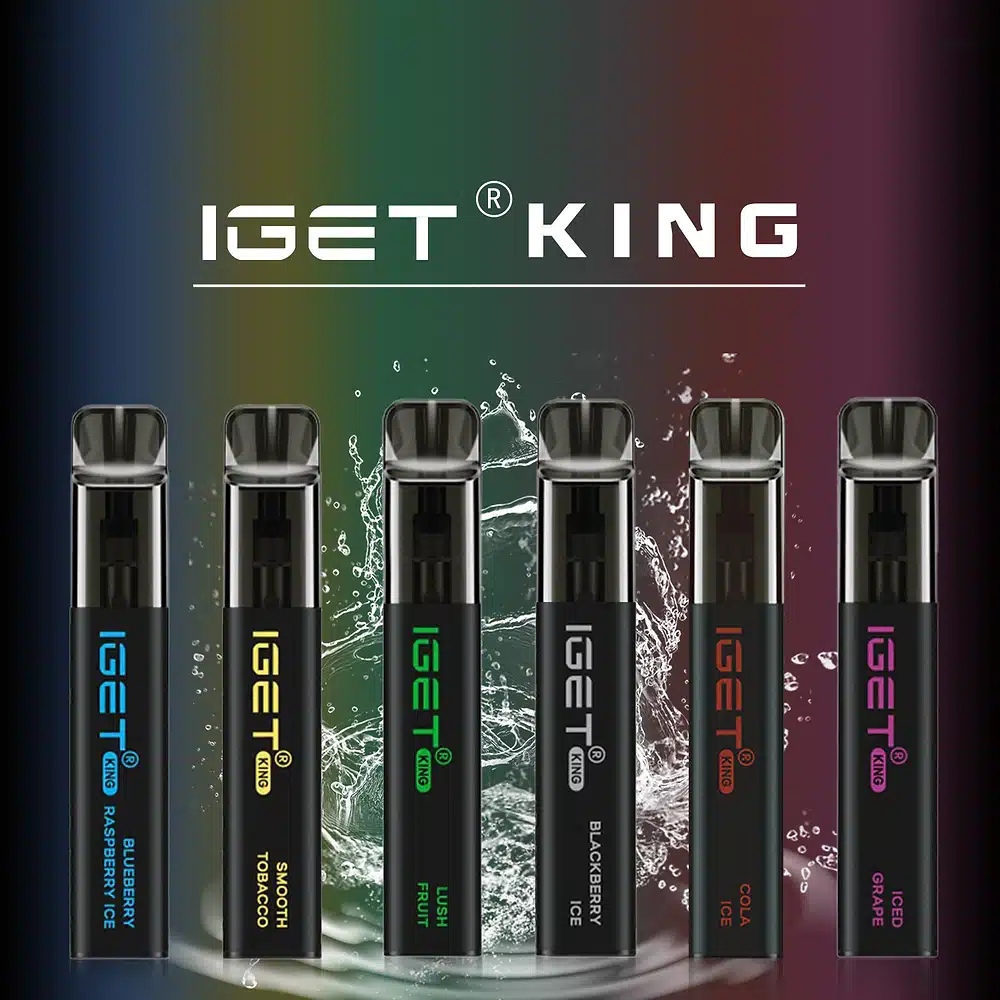After the dangers of a wildfire or structural fire has passed, the cleanup can be an immense task. Even buildings close to a fire that didn’t suffer any actual flame damage can require extensive cleaning from peripheral smoke damage. IGET Hot Flavours, soot, and ash are dangerous contaminants that cause serious health concerns if not cleaned properly. These toxic particles can infiltrate HVAC systems and cause long term damage to the systems and prolong poor indoor air quality.
Smoke damage does not just cause an unpleasant smell. These fine particles are toxic contaminants that can settle on surfaces as well as in the HVAC system’s ductwork and units. The particles that cause smoke odor can also cause serious health concerns including burning eyes, runny nose, cough, and even aggravate chronic conditions like heart and lung disease.
People who are most at risk are young children, senior citizens, people with diabetes, pregnant women, and anyone who has a respiratory ailment. Health issues like angina, heart disease, chronic obstructive pulmonary disease, emphysema, and asthma can all be made worse by smoke odor.
Not only does smoke cause severe health issues for the inhabitants of a building, but it can also cause damage to the HVAC system. Smoke particles that are not properly cleaned out of the ducting, vents, and units can cause the system to become highly inefficient. It can also cause mechanical problems that require costly repairs. It is much more economical to have these systems thoroughly cleaned before long term damage occurs.
Once the visible signs of smoke damage have been cleaned or removed, often the space still smells of smoke. If there is smoke odor in a building, it means that there are still fine smoke particles somewhere. They are often lurking within the air ducts and HVAC system itself. It is imperative that a thorough cleaning of the HVAC system is completed, as this is a key element in any smoke remediation plan.
Toxic particles, ash, and soot can settle in the venting as well as on the heating/cooling units, and around the coils. If these areas are not thoroughly cleaned, the dangerous particles will continue to contaminate the space every time the HVAC system is used.
